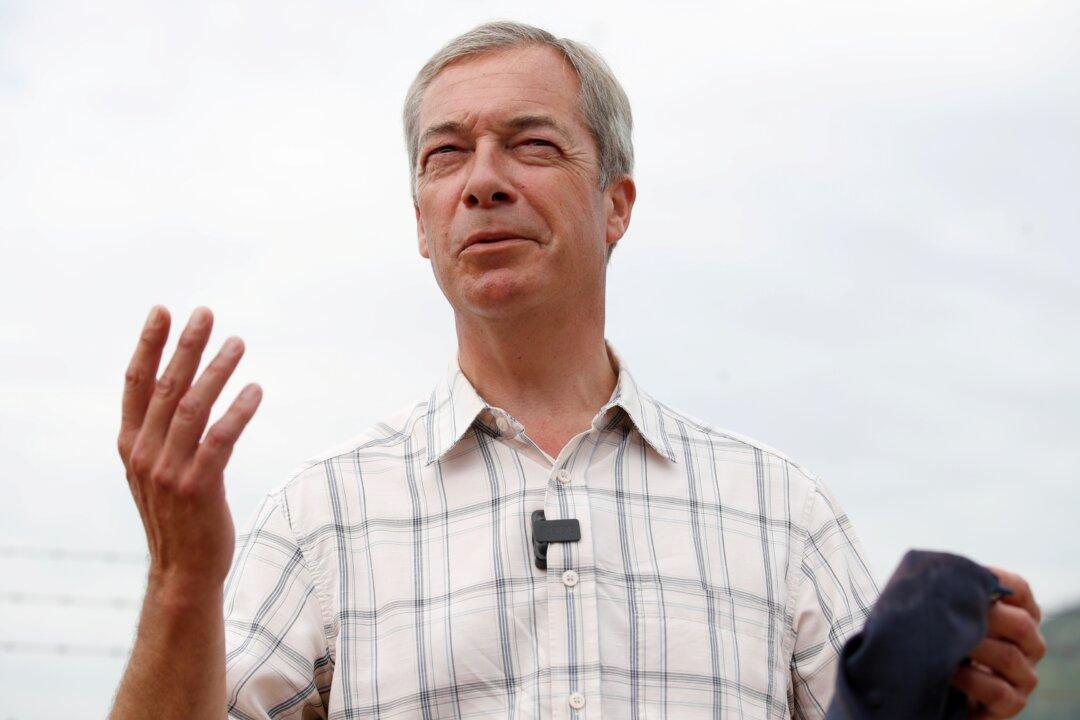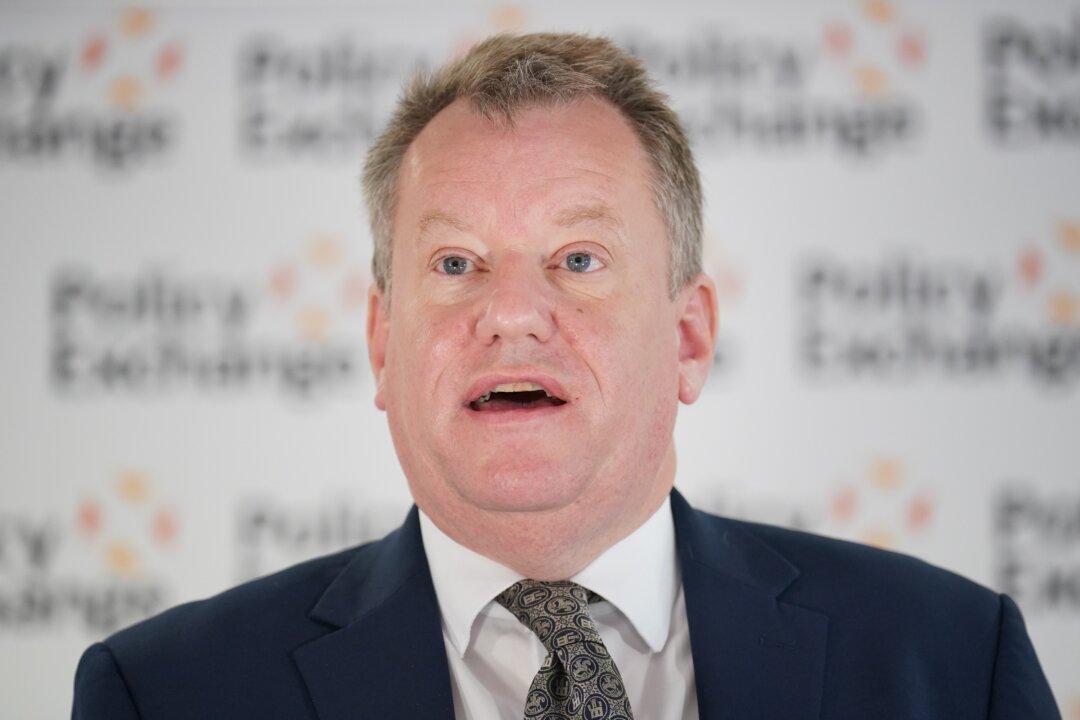The UK’s private sector shrank for the 8th quarter in a row at the start of 2023 but is expected to return to growth in the next quarter, according to new research.
The Confederation for British Industry (CBI) said in its latest growth report that activity across the UK private sector contracted by around 4 percent over the three months to March. It is the 8th consecutive quarter of decline but the mildest drop since July 2022.





